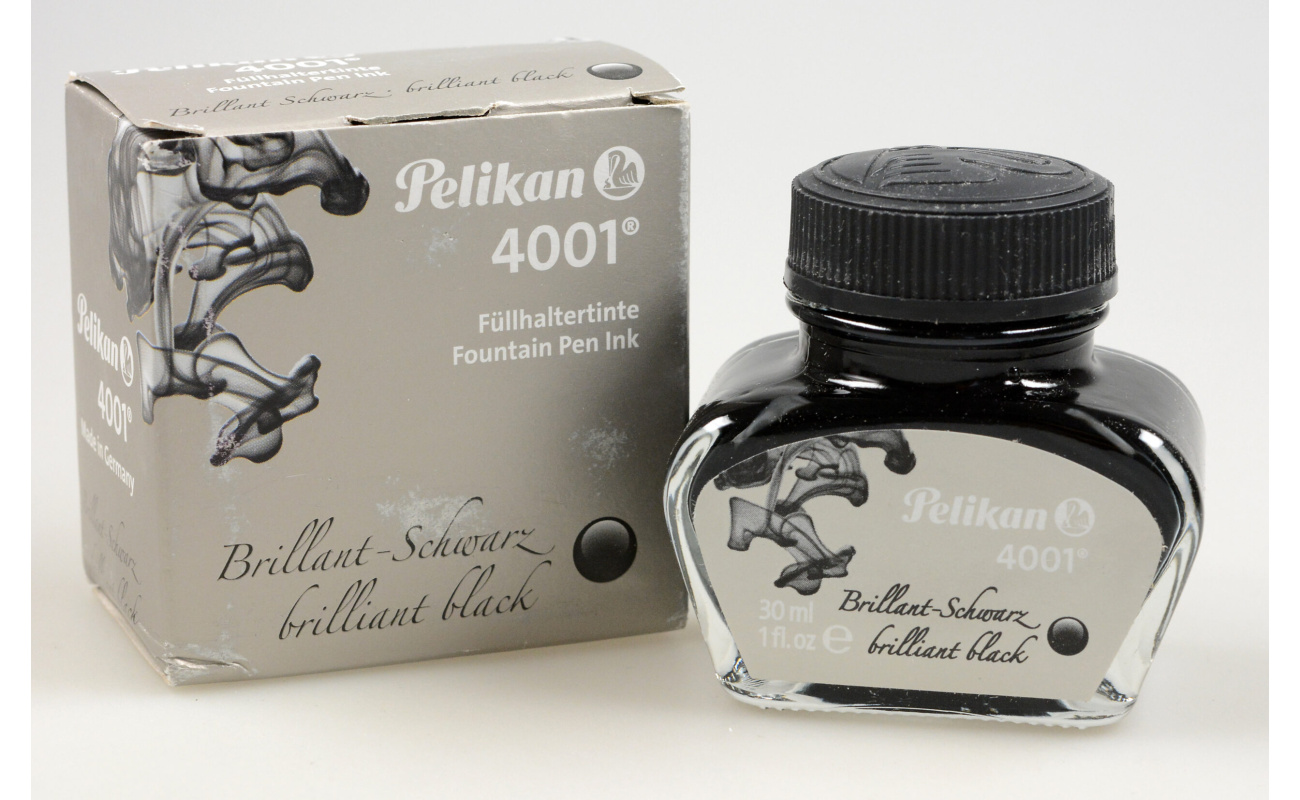Die Bedeutung des richtigen Tintenflusses

Unterschiede in Tintenqualität und ihr Einfluss auf das Schreiberlebnis
Die Kunst des Schreibens hat sich über die Jahrhunderte stetig entwickelt, und mit ihr auch die Technologie und Qualität der verwendeten Tinten und Schreibgeräte. Eine der wichtigsten, oft aber übersehenen Aspekte eines reibungslosen Schreiberlebnisses ist der richtige Tintenfluss. In diesem Artikel werden wir die Bedeutung des richtigen Tintenflusses erläutern und die Unterschiede in der Tintenqualität und deren Einfluss auf das Schreiben diskutieren.
Was ist der Tintenfluss?

Der Tintenfluss bezieht sich auf die Menge und Geschwindigkeit, mit der Tinte aus der Feder eines Füllfederhalters oder einem anderen Schreibgerät fließt. Ein konstanter und gleichmäßiger Tintenfluss sorgt dafür, dass die Tinte gleichmäßig auf das Papier aufgetragen wird, ohne Aussetzer oder Überflutungen. Ein zu schneller oder zu langsamer Tintenfluss kann das Schreiberlebnis erheblich beeinträchtigen und zu Unleserlichkeit, Flecken oder Aussetzern führen.
Qualität der Tinte und ihre Auswirkungen
Die Qualität der Tinte spielt eine entscheidende Rolle für den Tintenfluss. Hochwertige Tinten haben in der Regel eine konsistente Viskosität und Zusammensetzung, die einen stetigen Fluss gewährleisten. Billigere Tinten können hingegen Verunreinigungen oder eine inkonsistente Zusammensetzung aufweisen, die den Fluss beeinträchtigen können.
- Viskosität: Die Viskosität bezieht sich auf die “Dicke” oder “Fließfähigkeit” der Tinte. Tinten mit hoher Viskosität fließen langsamer und können zu einem trockenen Schreibgefühl führen. Tinten mit niedriger Viskosität fließen hingegen schneller, können aber auch zu “Bluten” oder “Federn” auf dem Papier führen.
- Trocknungszeit: Je nach Zusammensetzung kann die Tinte schneller oder langsamer trocknen. Schnell trocknende Tinten sind ideal für Linkshänder, können aber auch dazu führen, dass die Tinte im Füller trocknet, wenn sie nicht regelmäßig verwendet wird.
- Farbstabilität: Hochwertige Tinten behalten ihre Farbe über die Zeit bei und verblassen nicht. Billigere Tinten können hingegen im Laufe der Zeit verblassen oder ihre Farbe ändern.

Der Einfluss auf das Schreiberlebnis
Das Schreiberlebnis wird nicht nur durch die Qualität des Schreibgeräts, sondern auch durch die Tinte selbst beeinflusst. Ein guter Tintenfluss ermöglicht ein weiches und gleichmäßiges Schreibgefühl. Der Schreiber spürt den Unterschied zwischen einer Tinte, die sanft und kontinuierlich fließt, und einer, die unregelmäßig fließt oder das Papier durchnässt.
- Persönliche Vorlieben: Während einige Schreiber eine dichtere Tinte bevorzugen, die einen satten, dunklen Strich erzeugt, bevorzugen andere eine leichtere Tinte, die schneller trocknet und weniger Flecken hinterlässt.
- Papierqualität: Das gewählte Papier kann ebenfalls das Schreiberlebnis beeinflussen. Hochwertige Papiere absorbieren die Tinte gleichmäßig, während billigeres Papier dazu neigen kann, die Tinte zu “bluten” oder “federn”.
Fazit
Die Bedeutung des richtigen Tintenflusses und der Tintenqualität sollte nicht unterschätzt werden. Sie spielen eine entscheidende Rolle für das gesamte Schreiberlebnis. Es lohnt sich, in hochwertige Tinten zu investieren und die für einen selbst am besten geeignete Tinte auszuwählen.







